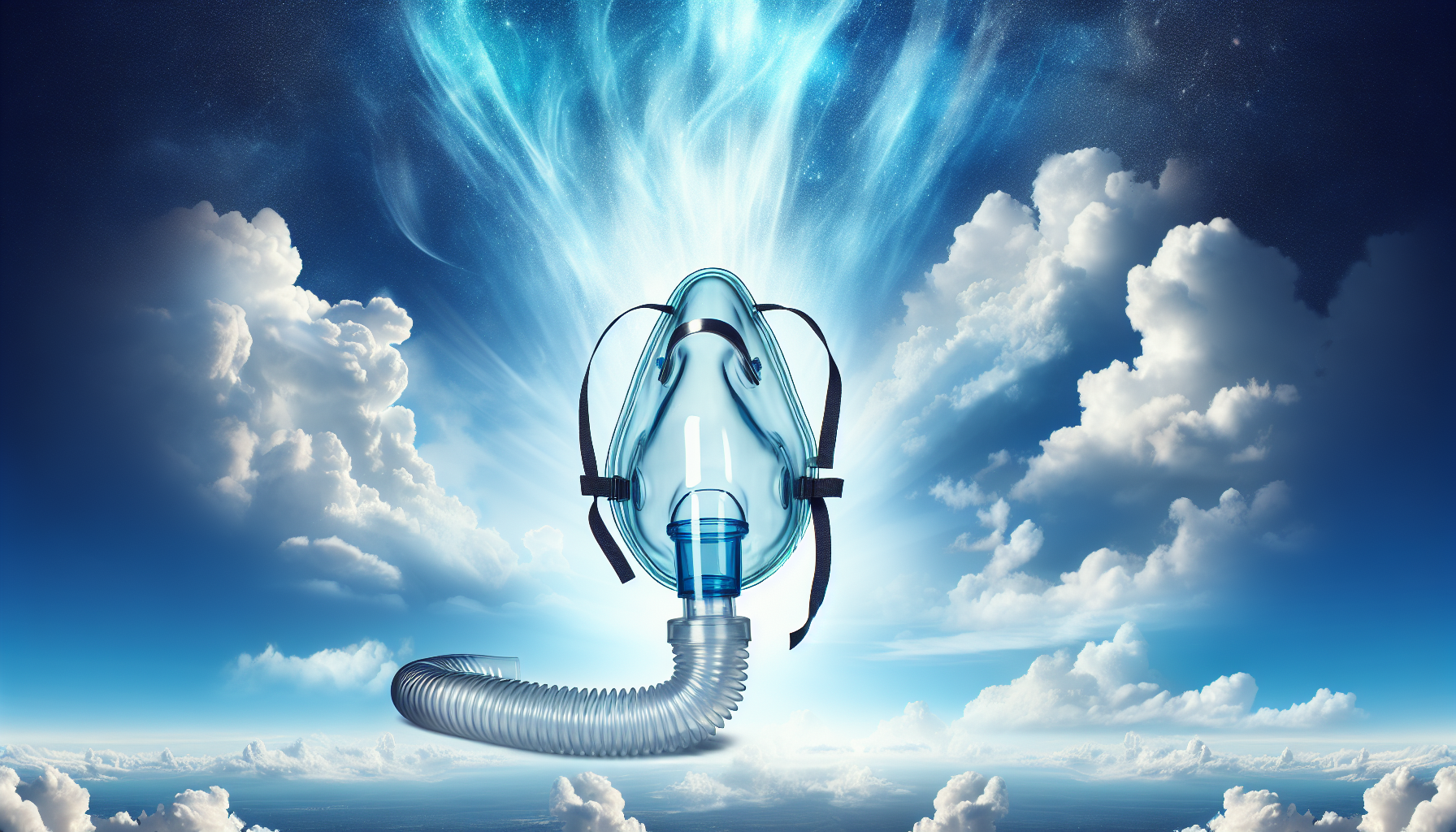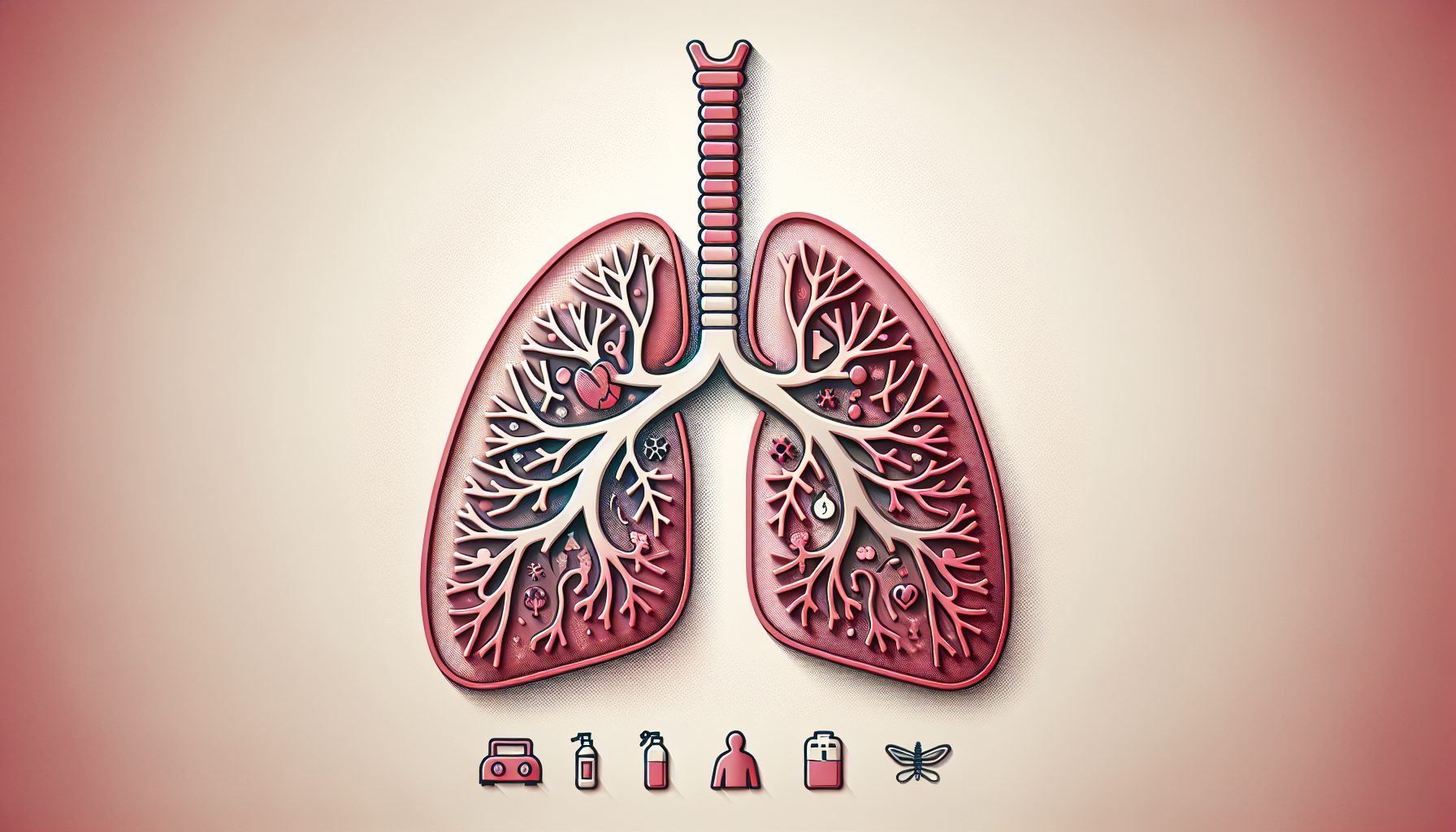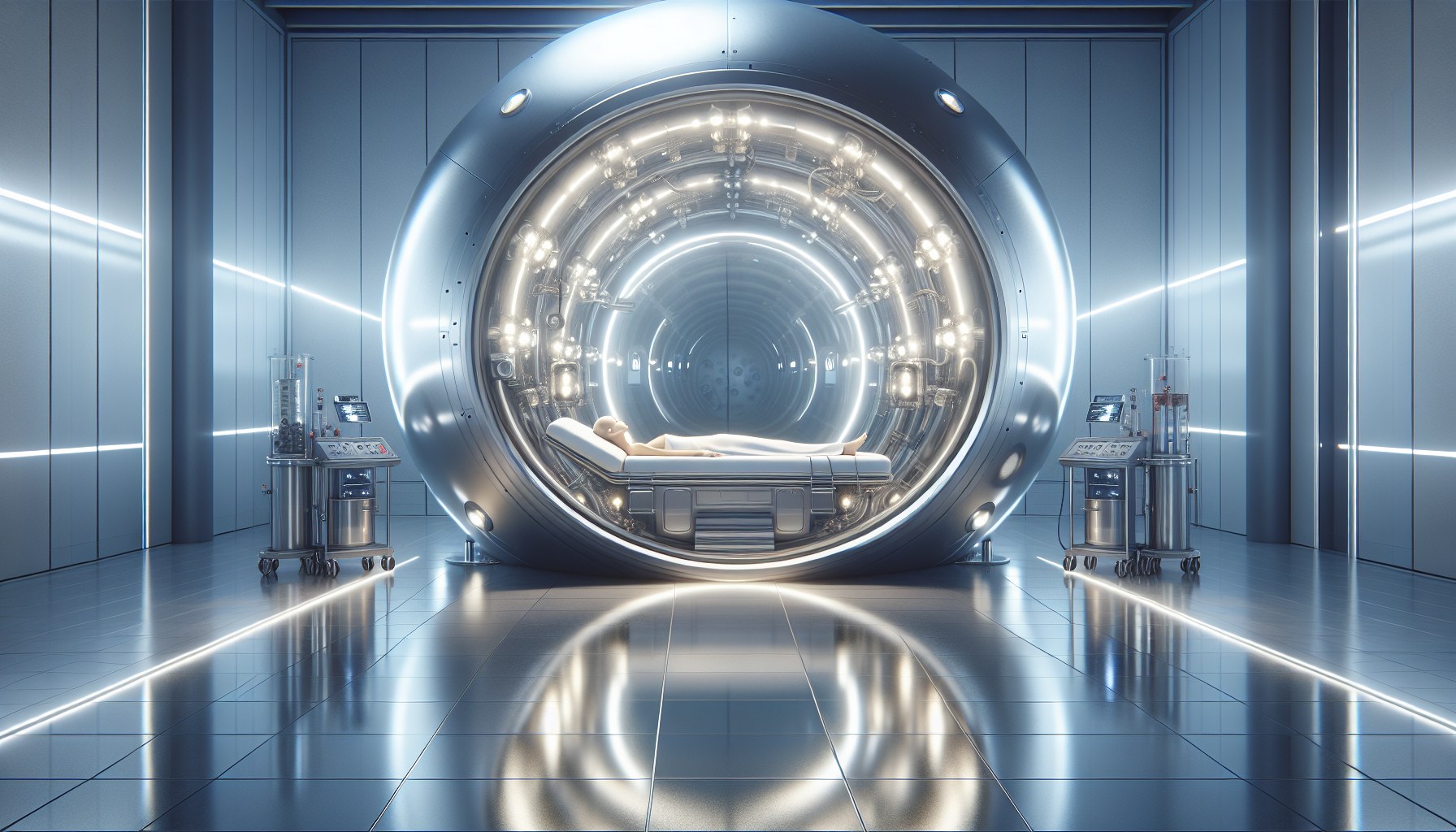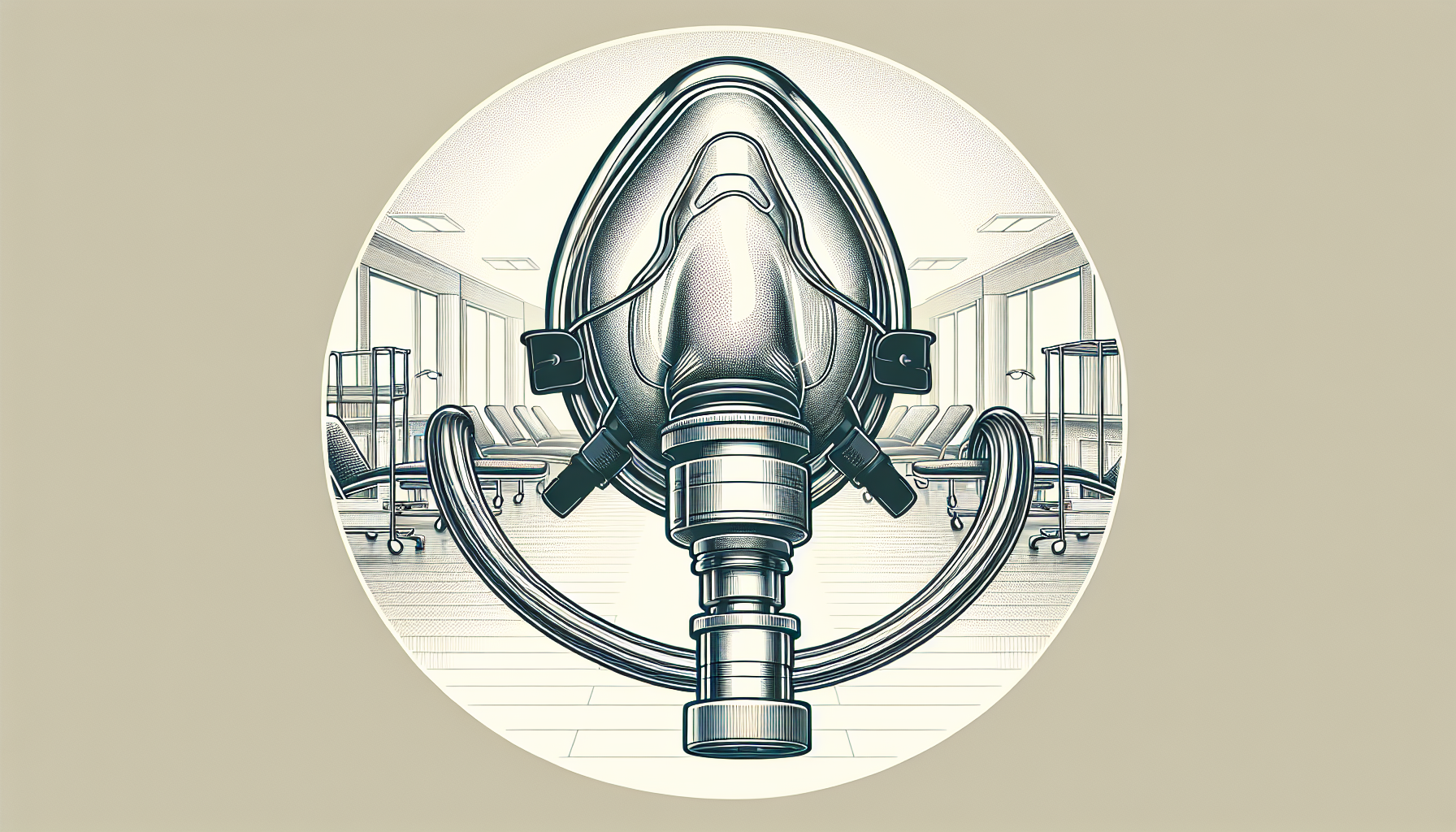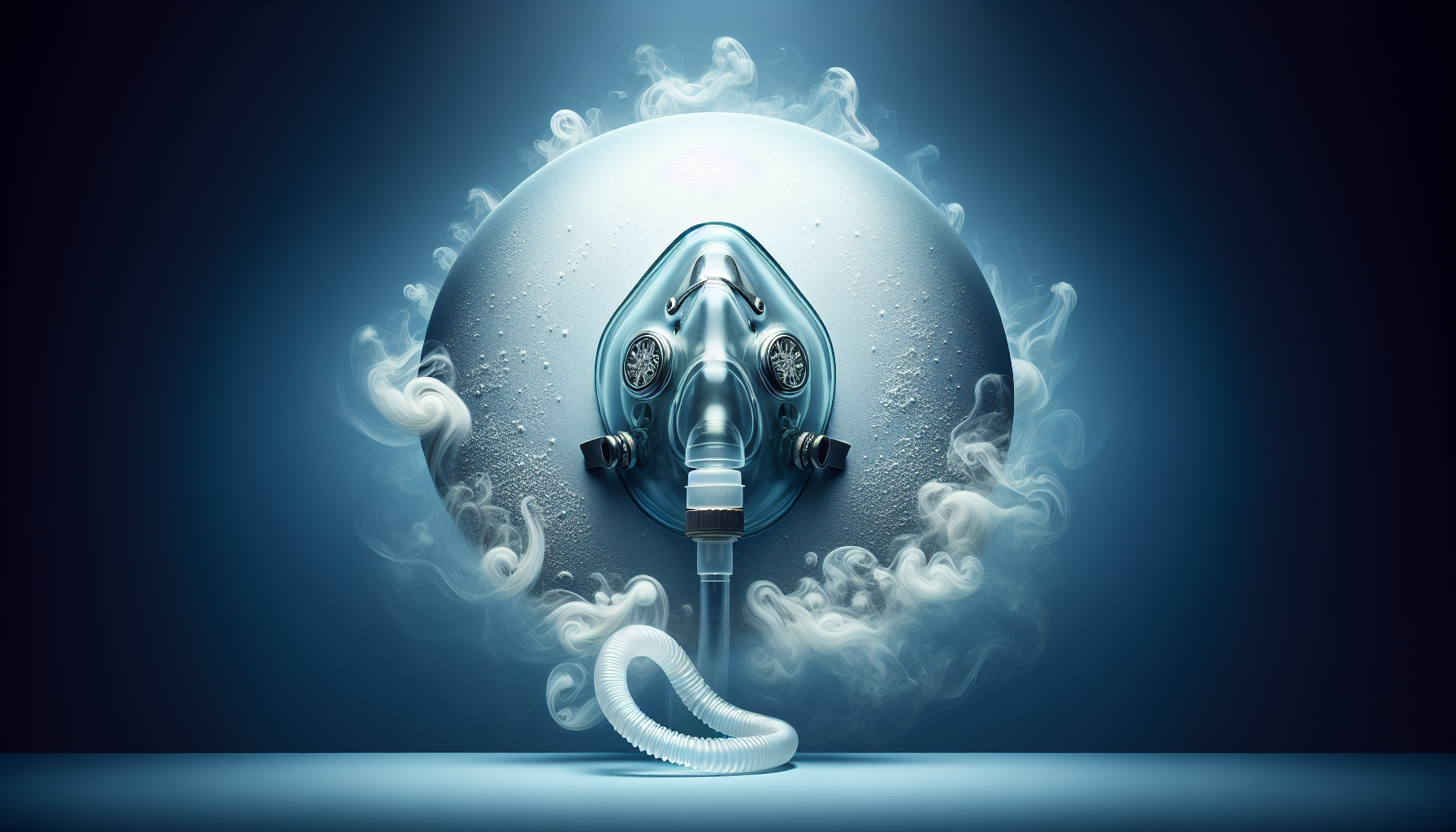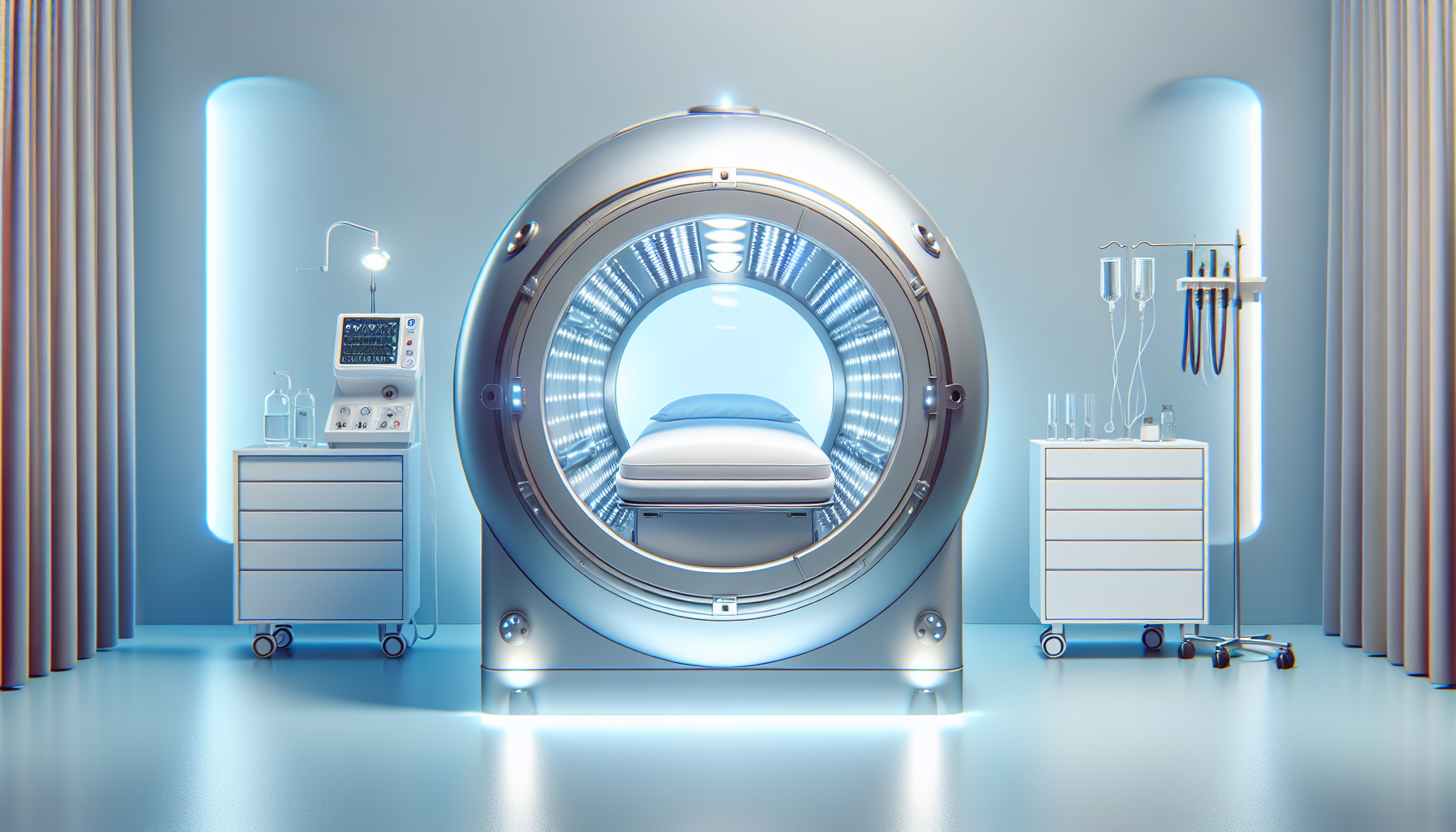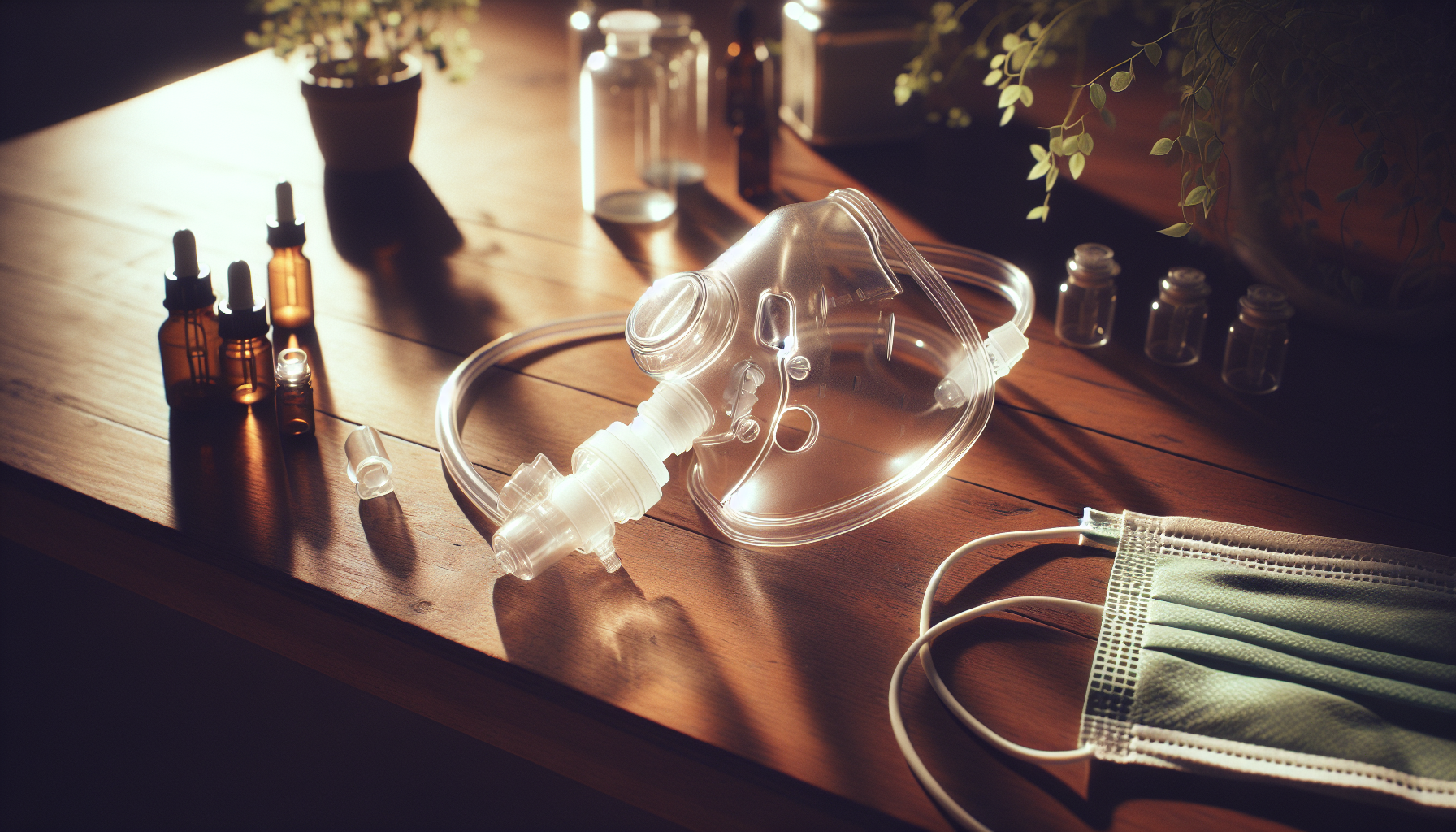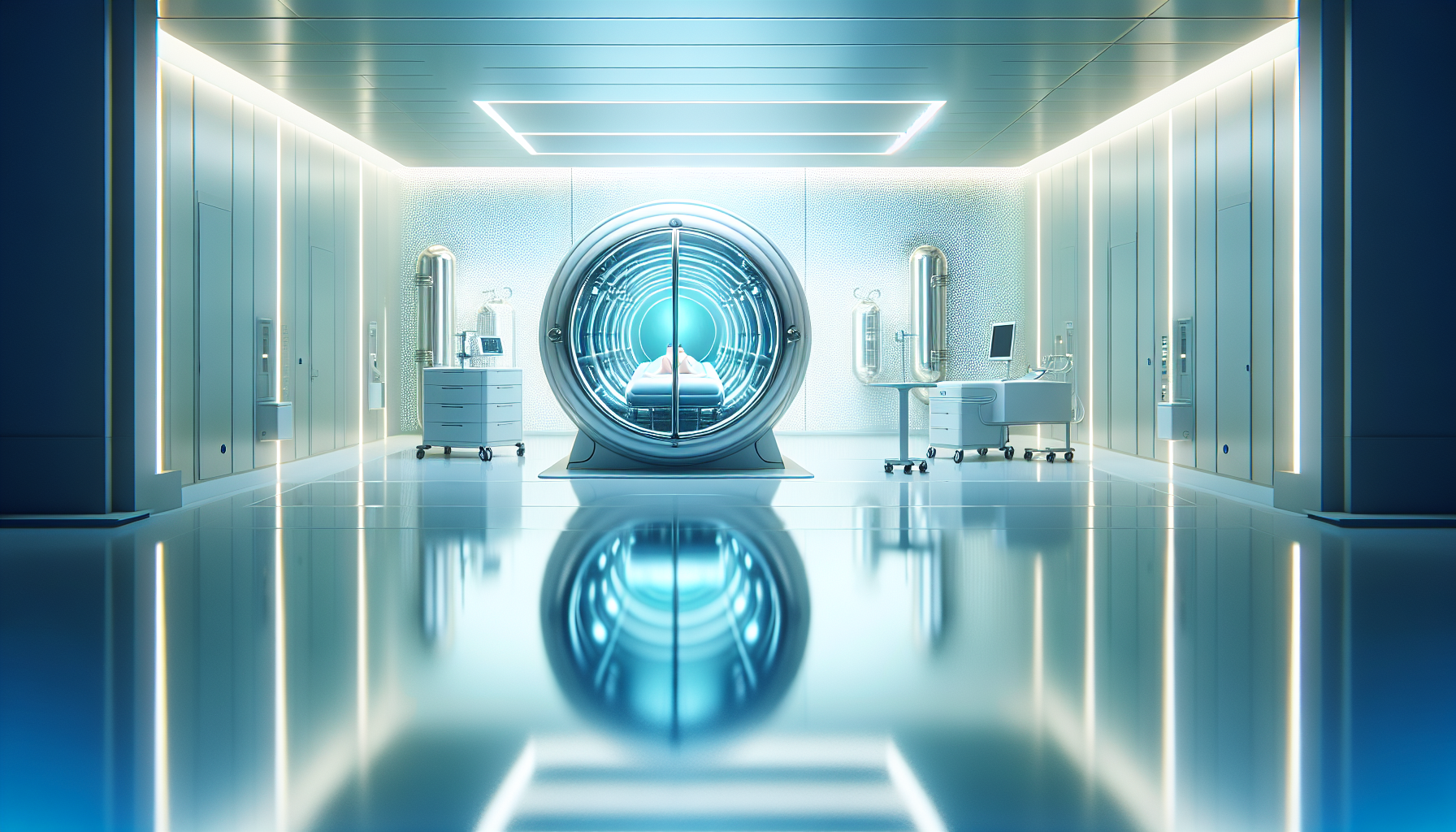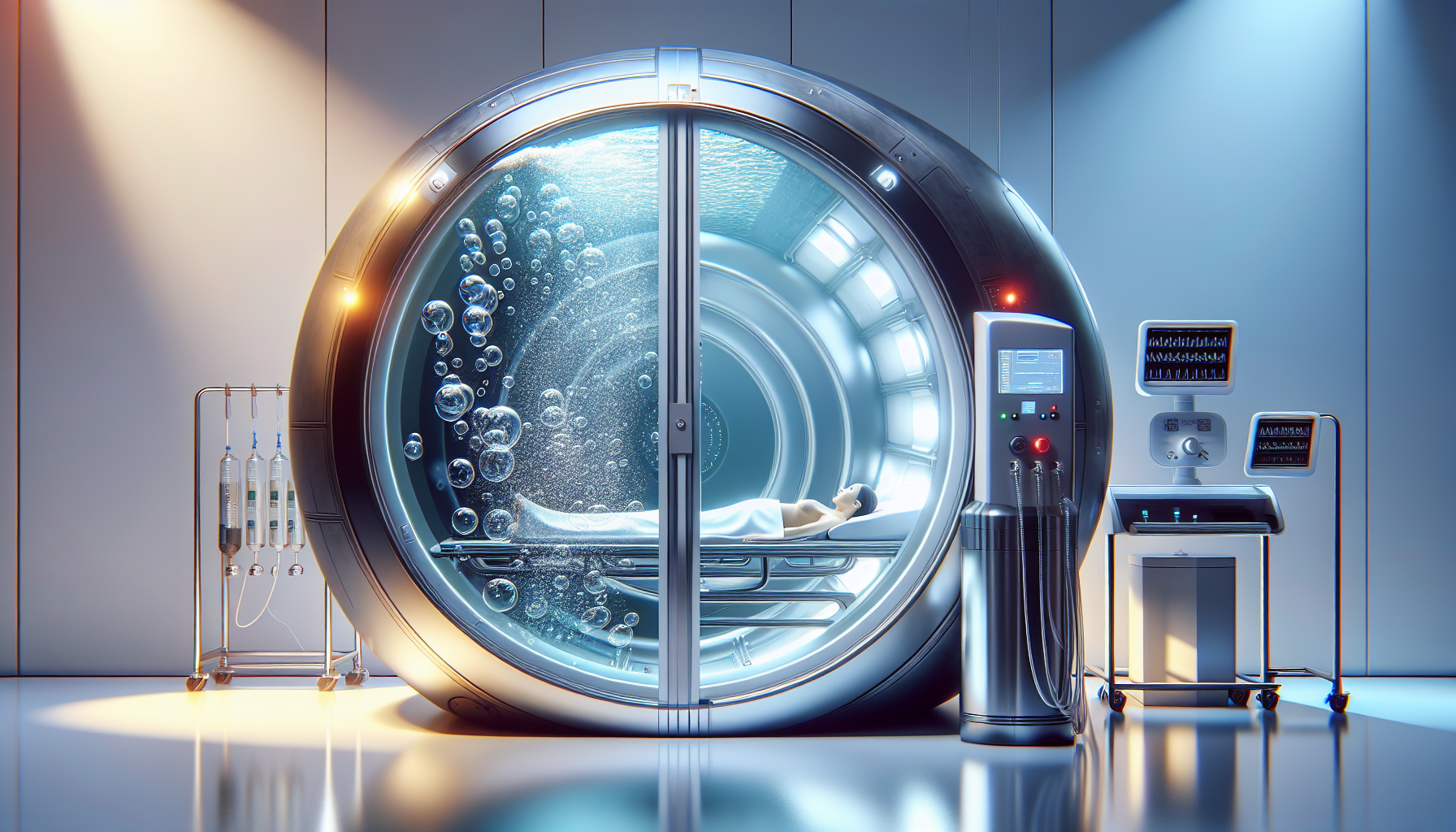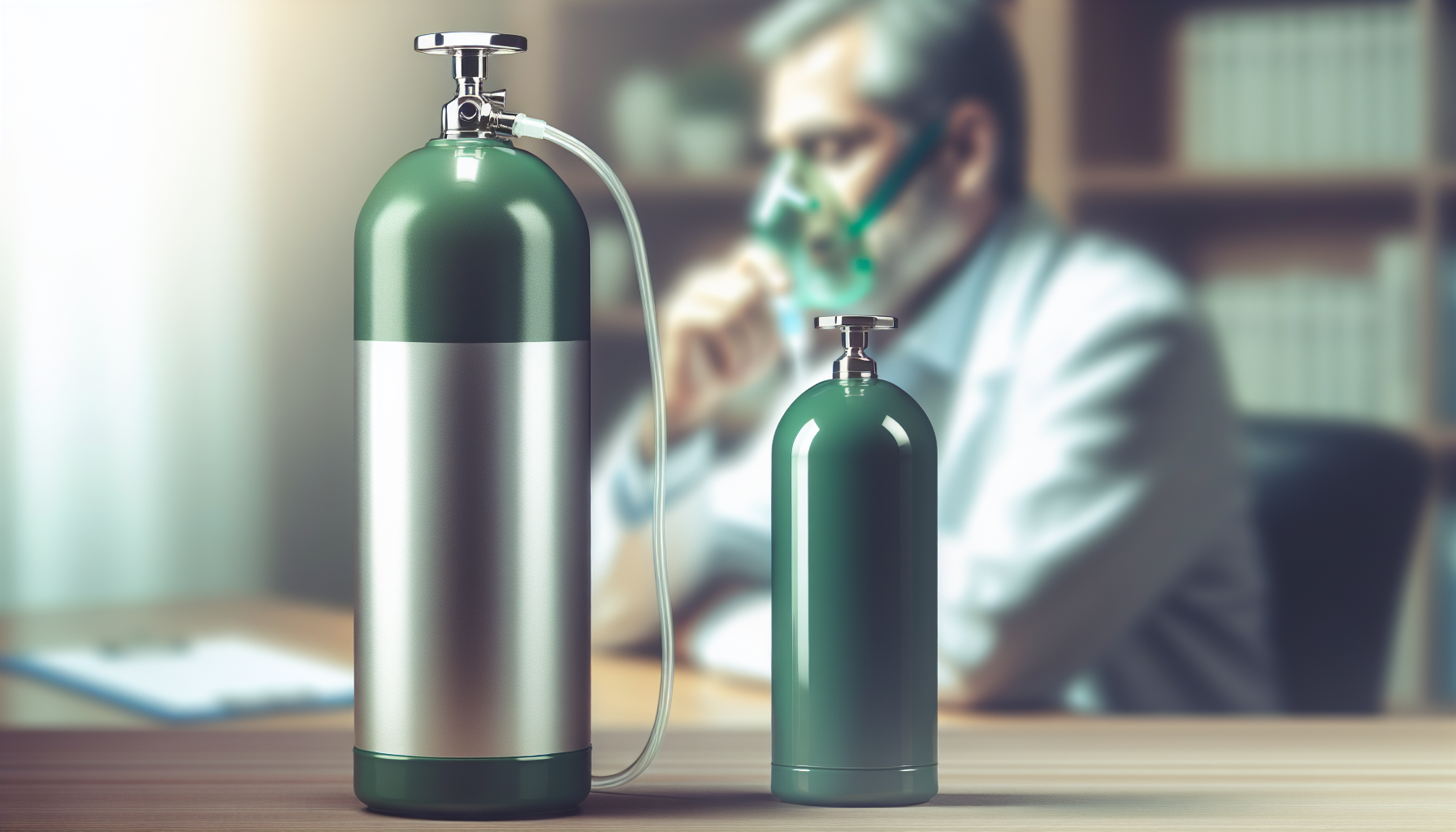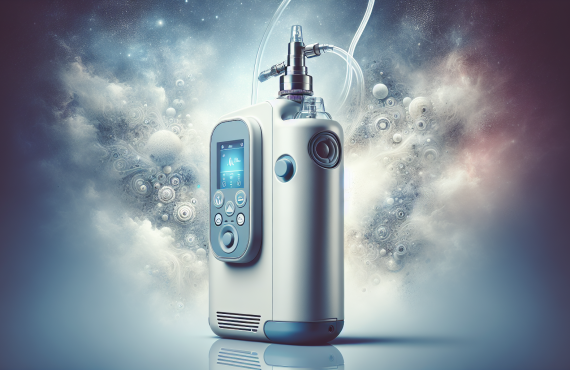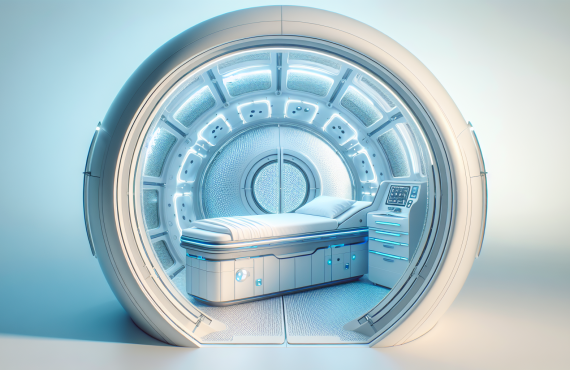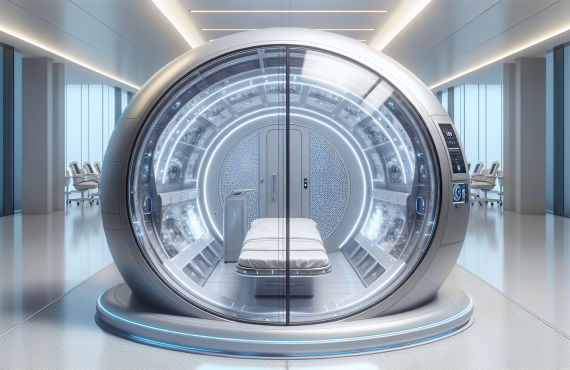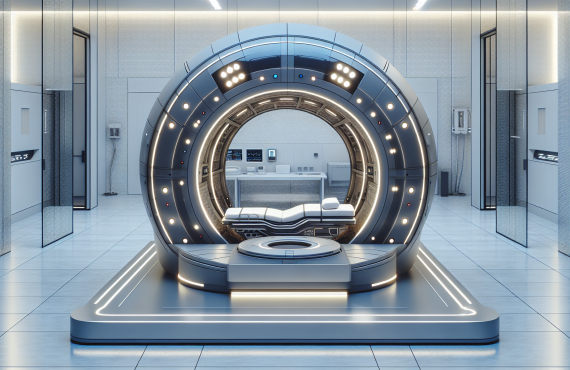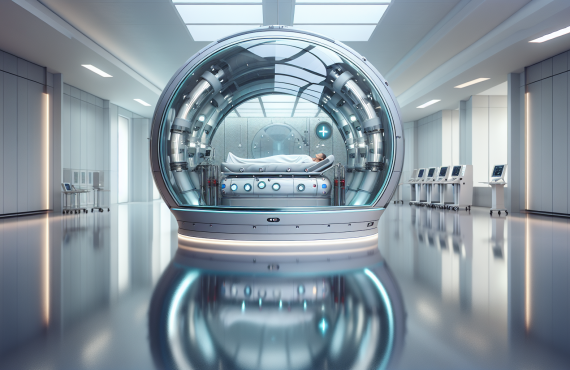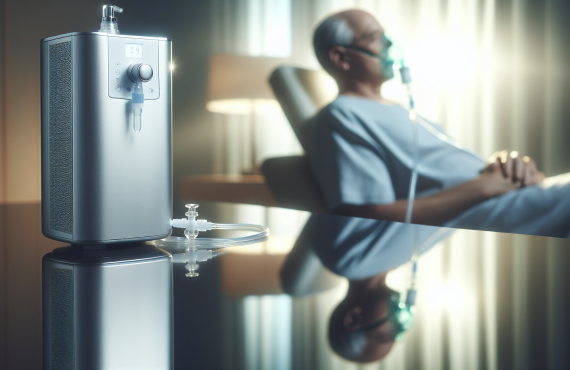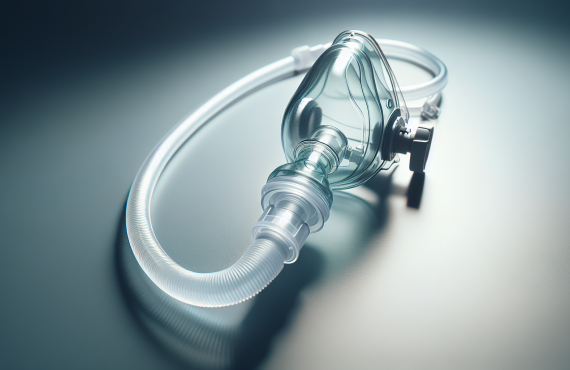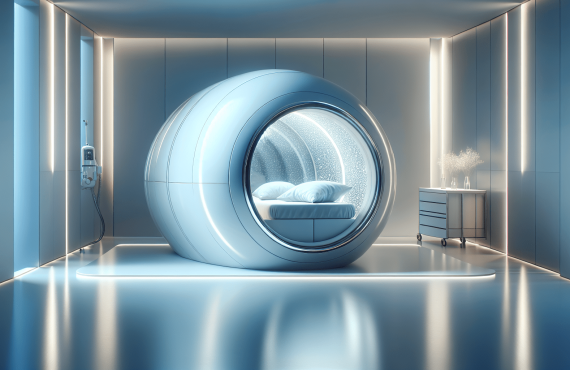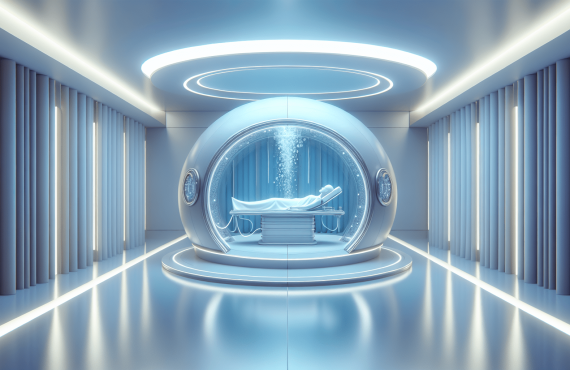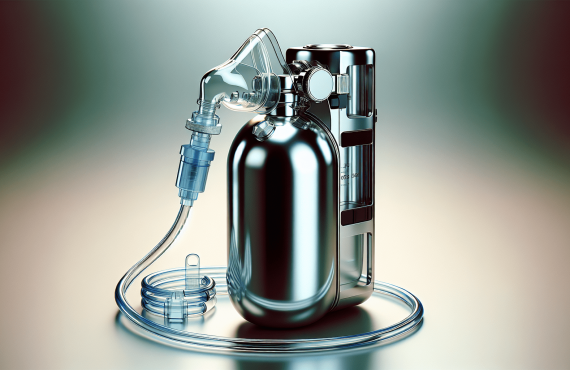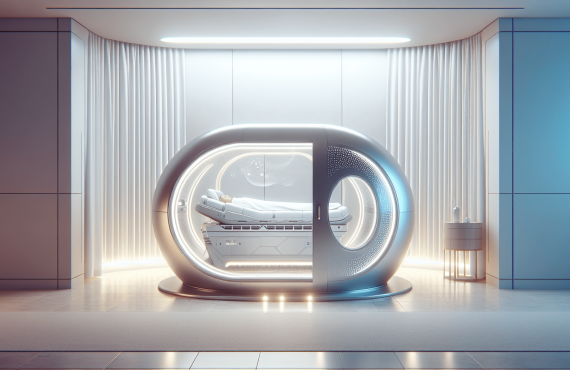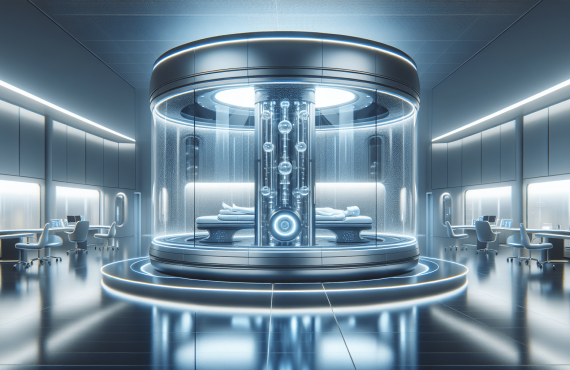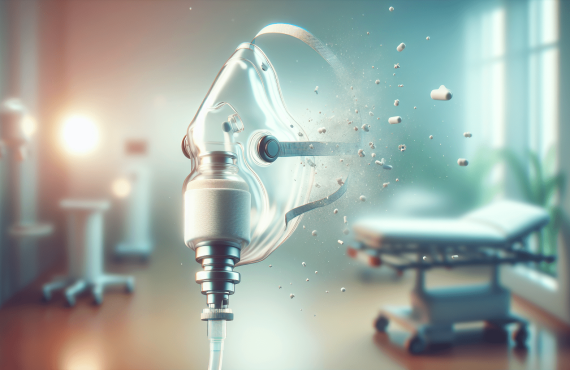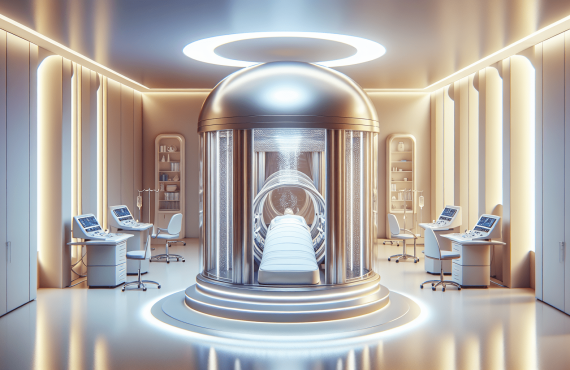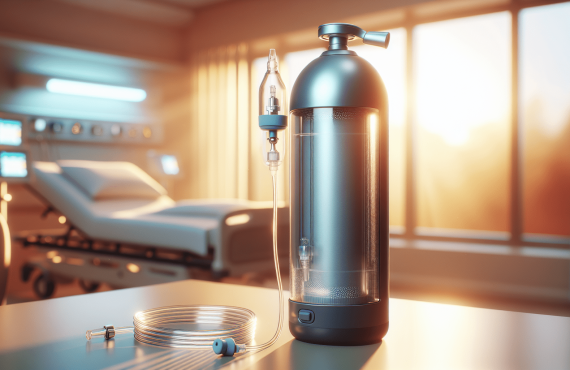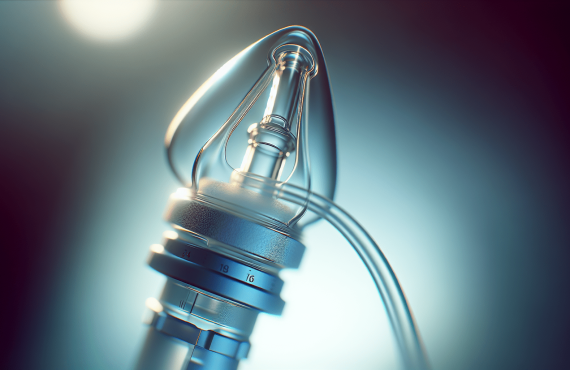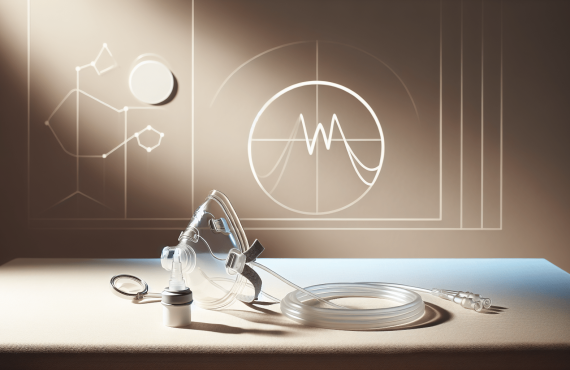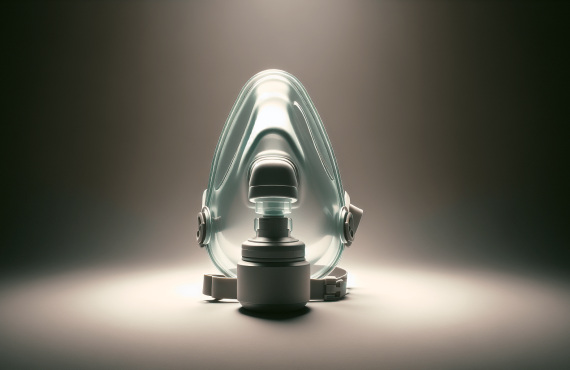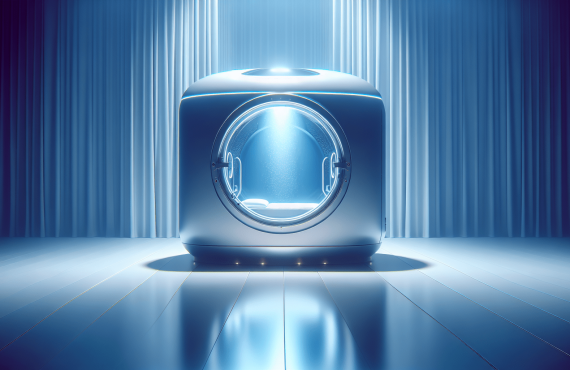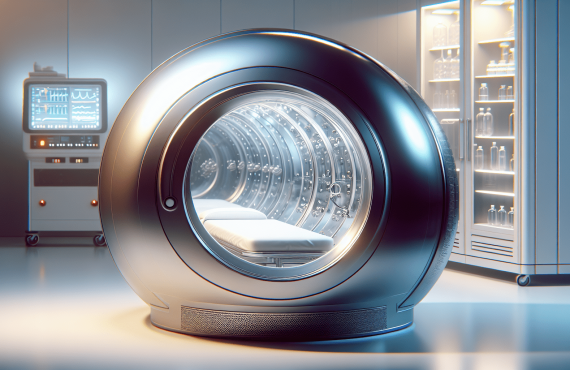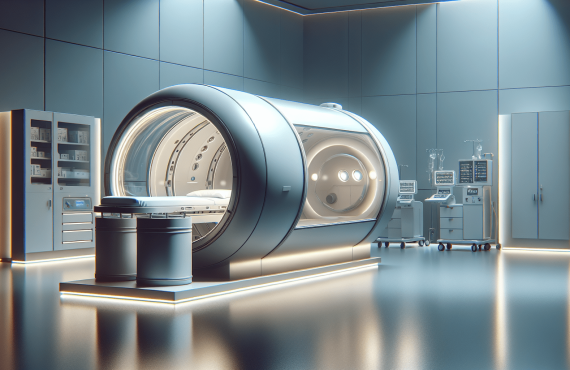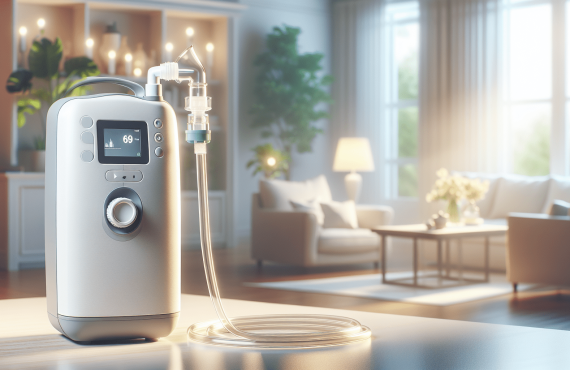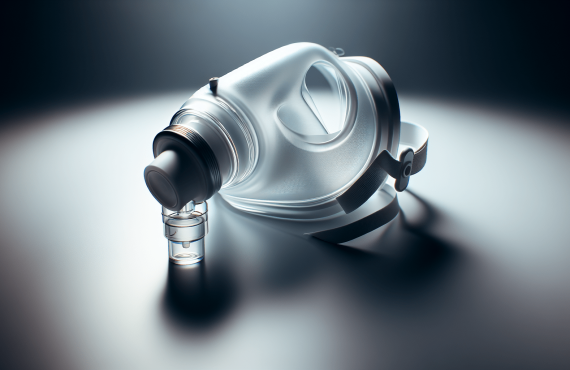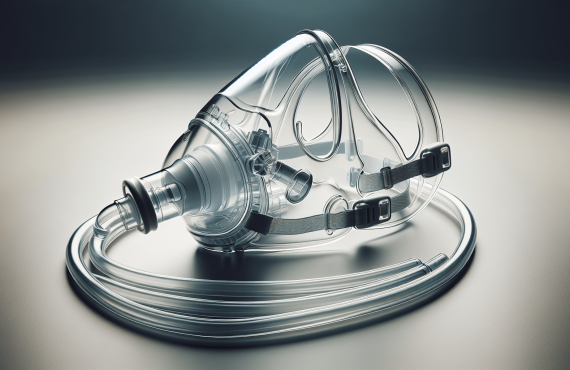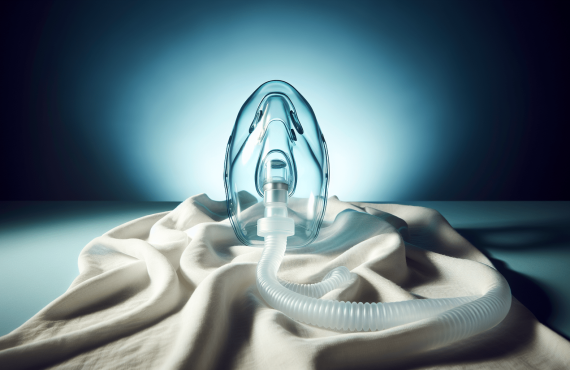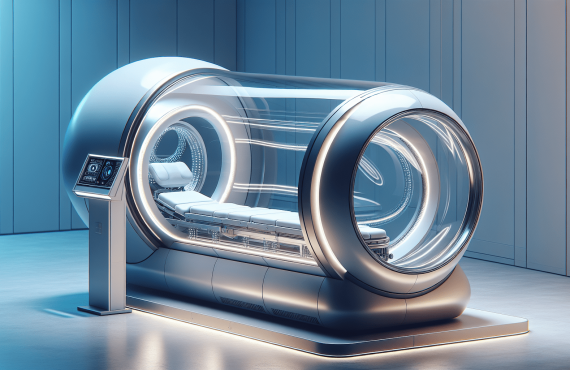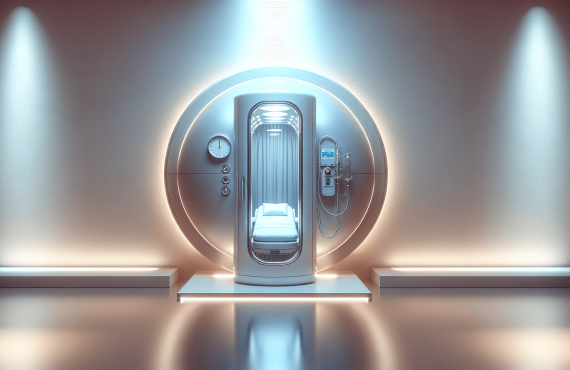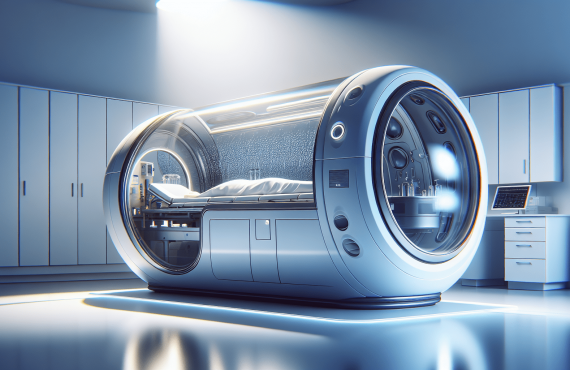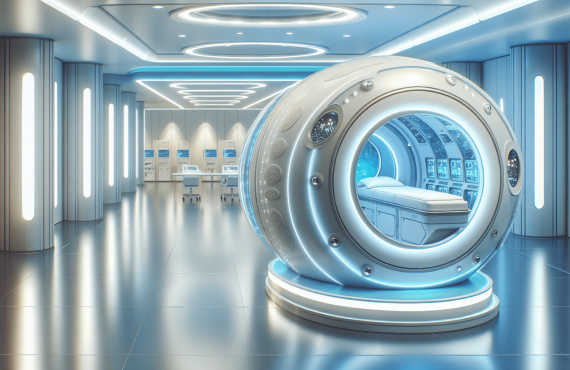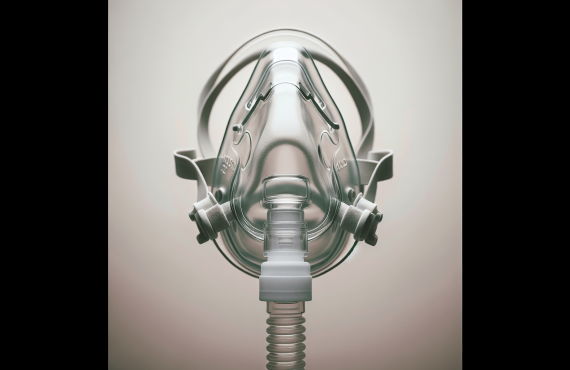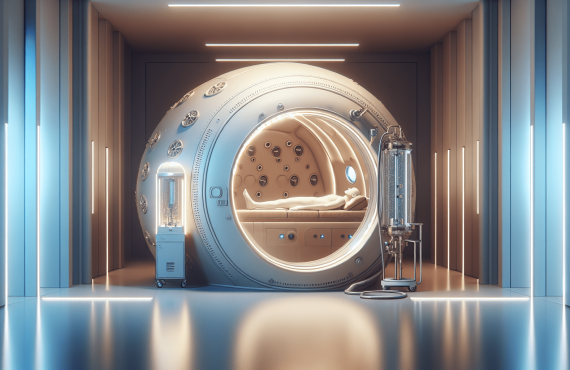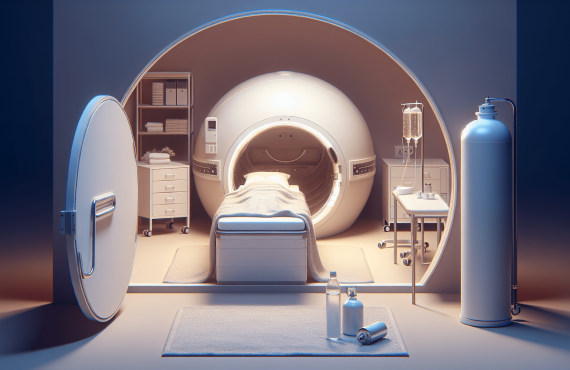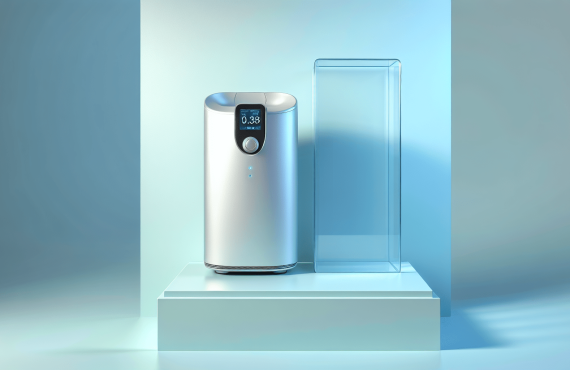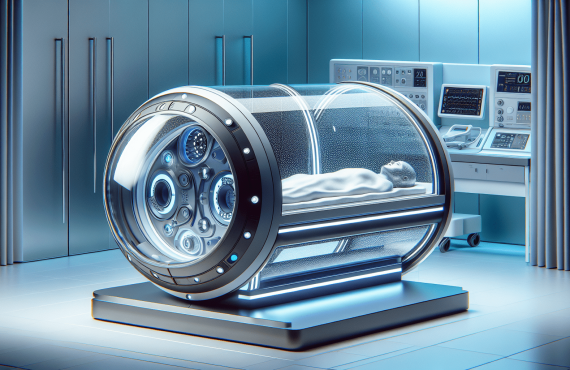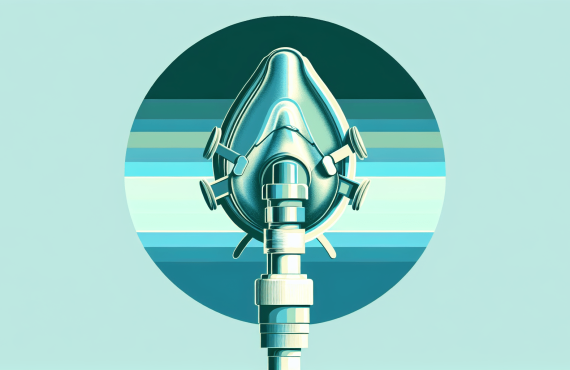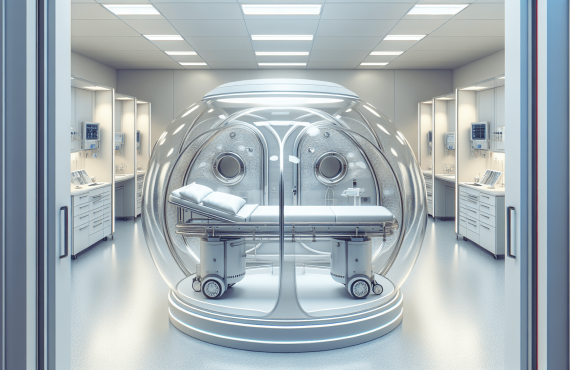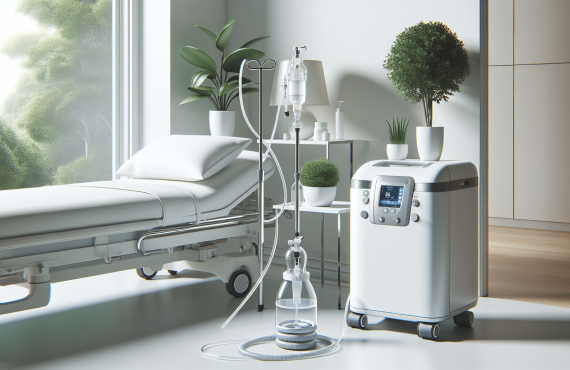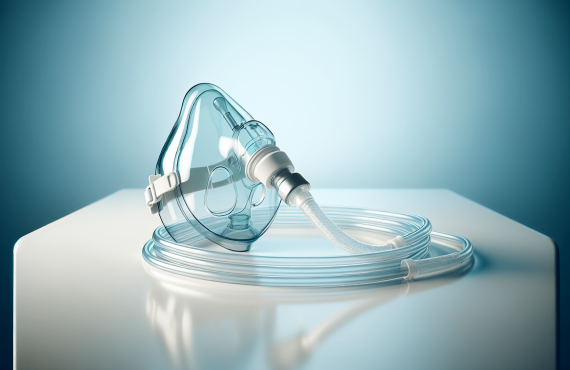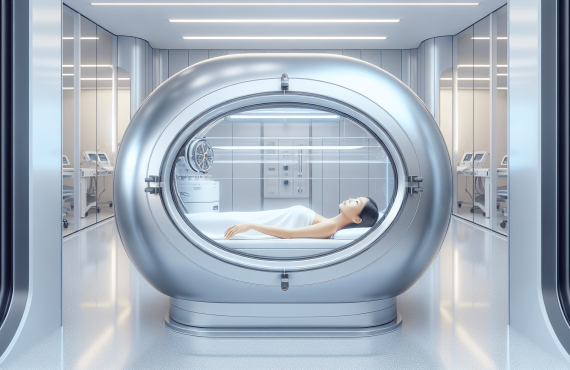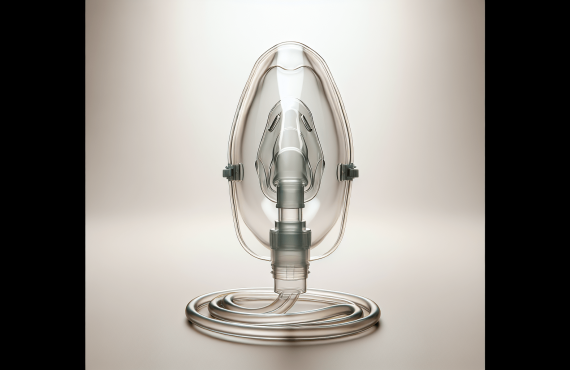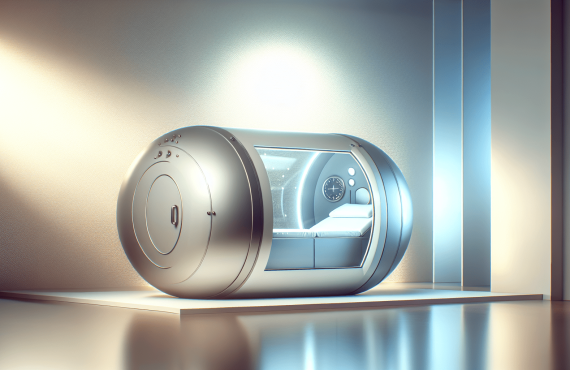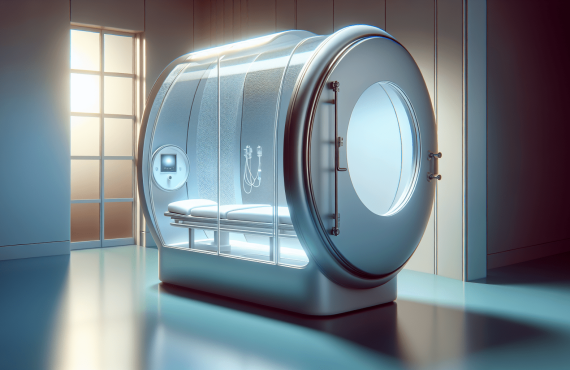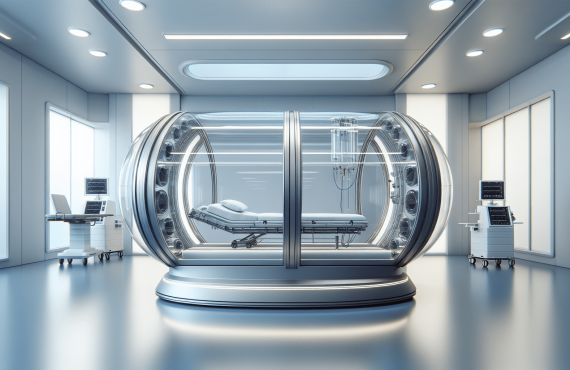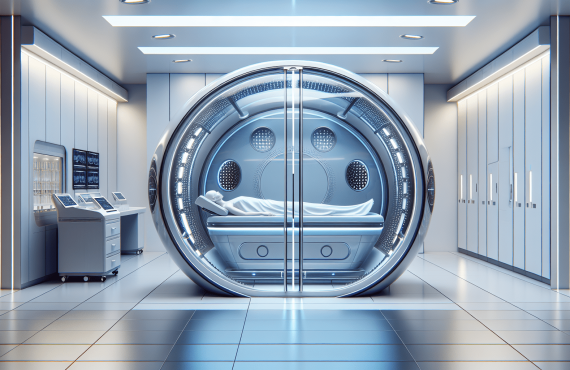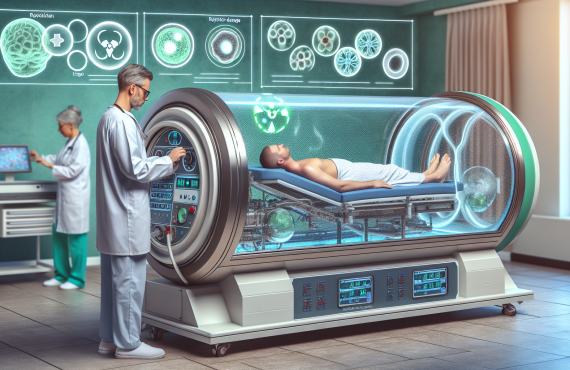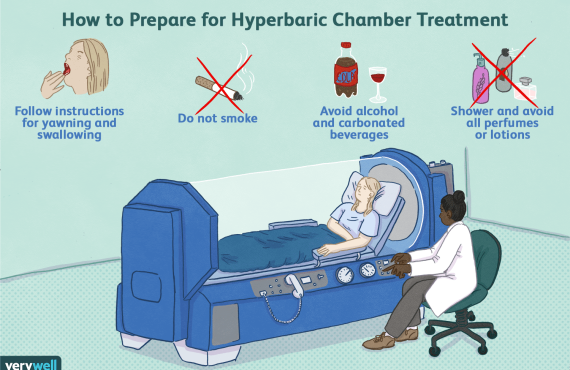What catches your attention when you hear the word ‘oxygen’? Is it the air we breathe every moment of our lives, or perhaps something more intriguing, like oxygen therapy? Yes, today, you’ll get to explore the world of oxygen therapy and discover its important role in supporting health and wellness. Now, allow yourself to be immersed in the wonders of oxygen therapy’s four key indications and unravel what makes this treatment extraordinary.

Table of Contents
Understanding Oxygen Therapy
Oxygen therapy offers essential benefits for individuals with conditions affecting normal oxygen levels. It involves administering supplementary oxygen to enhance the body’s oxygen supply. This intervention can greatly impact quality of life for those in need.
How Oxygen Therapy Works
In a nutshell, oxygen therapy replenishes the body’s oxygen levels, ensuring cells and tissues receive adequate oxygen to function properly. This can be life-saving for individuals experiencing low oxygen conditions, as it supports critical body processes.
Delivery Methods for Oxygen Therapy
Oxygen therapy is administered through various methods, depending on the individual’s needs. These include nasal cannulae, face masks, and portable oxygen concentrators. Each method aims to deliver oxygen effectively, ensuring optimal support for the recipient.
The Four Indications of Oxygen Therapy
Now, let’s delve into the specifics. There are four key reasons, or indications, for recommending oxygen therapy. These include chronic obstructive pulmonary disease (COPD), asthma, pneumonia, and carbon monoxide poisoning. Each condition presents unique challenges that oxygen therapy can address.
1. Chronic Obstructive Pulmonary Disease (COPD)
COPD is a group of progressive lung diseases that make breathing difficult. Common symptoms include shortness of breath, chronic cough, and mucus production. Oxygen therapy helps by elevating blood oxygen levels, thereby alleviating symptoms and enhancing quality of life for individuals with COPD.
Managing COPD with Oxygen
For those living with COPD, consistent oxygen therapy can reduce hospitalizations and improve daily life. Regular monitoring of oxygen levels ensures therapy adjustments are made as needed, which optimizes efficacy.
2. Asthma
Asthma is a chronic respiratory condition manifested by airway inflammation and constriction. Symptoms such as wheezing, coughing, chest tightness, and breathlessness can disrupt daily activities. During severe asthma attacks, oxygen therapy becomes crucial.
The Role of Oxygen in Asthma Management
For asthmatics, oxygen therapy serves as an emergency measure during acute attacks. It provides immediate relief by increasing oxygen supply, thereby stabilizing breathing and preventing further complications.
3. Pneumonia
Pneumonia is a lung infection characterized by inflammation and fluid accumulation in the alveoli. This condition can severely impact breathing and, in serious cases, result in insufficient oxygenation of the blood.
Oxygen Therapy to Aid Pneumonia
For severe pneumonia cases, oxygen therapy can bridge the gap until the infection resolves. It ensures that sufficient oxygen reaches the bloodstream, supporting recovery and reducing the strain on the lungs.
4. Carbon Monoxide Poisoning
Carbon monoxide (CO) is an odorless gas that can interfere with the blood’s ability to carry oxygen. In cases of CO poisoning, time is of the essence to restore normal oxygen levels and prevent tissue damage.
Combatting CO Poisoning with Oxygen
Hyperbaric oxygen therapy is often used in serious CO poisoning scenarios. This involves breathing pure oxygen in a high-pressure chamber, rapidly displacing carbon monoxide from hemoglobin and replenishing oxygen levels in critical tissues.
Benefits Beyond the Four Indications
Oxygen therapy’s usefulness extends beyond the outlined conditions. It aids in postoperative recovery, supports patients with sleep apnea, and enhances athletic performance. Understanding its broad applications highlights the importance of oxygen in maintaining overall health.
Exploring Hyperbaric Oxygen Therapy (HBOT)
Hyperbaric Oxygen Therapy deserves special mention. It involves breathing pure oxygen in a pressurized chamber and has unique therapeutic benefits. Let’s take a closer look at what makes HBOT noteworthy.
How Hyperbaric Oxygen Therapy Works
In a hyperbaric chamber, the pressure levels exceed those of standard atmospheric conditions. This allows oxygen to dissolve more easily into the bloodstream, ensuring even oxygen-deprived tissues receive adequate supply.
Core Benefits of HBOT
Hyperbaric therapy promotes wound healing, reduces inflammations, and supports new blood vessel growth. These effects make it a valuable intervention for conditions like decompression sickness, chronic wounds, and certain neurological conditions.

Your Oxygen Therapy Journey with Henry Chiropractic
When exploring oxygen therapy, professional guidance is key. Dr. Craig Henry and Dr. Aaron Hixon from Henry Chiropractic offer exceptional care ensuring you receive the best treatment suited to your needs. With their expertise, you can embark on your wellness journey confidently.
Frequently Asked Questions
To wrap up our insightful oxygen therapy exploration, here are some common questions answered.
What are the first signs indicating the need for oxygen therapy?
Signs such as shortness of breath, rapid breathing, and confusion may suggest low oxygen levels necessitating therapy. Always consult healthcare professionals for accurate diagnosis and treatment.
Can oxygen therapy be used at home?
Yes, many patients safely receive oxygen therapy at home using portable concentrators or cylinders. Your healthcare provider will recommend what suits your condition best.
Are there any side effects of oxygen therapy?
Generally, oxygen therapy is safe. However, potential side effects include dry or bloody nose and irritation from the mask or nasal prongs. Always report any side effects to your healthcare provider.
How soon can improvements be seen with oxygen therapy?
Improvement timelines vary based on individual conditions and therapy adherence. Some notice improvements within hours, while others may take weeks.
Is Hyperbaric Oxygen Therapy covered by insurance?
Insurance coverage depends on individual policies and the medical necessity of HBOT. Always verify with your provider to understand your coverage.
For more insights or to discuss therapy options, visit Henry Chiropractic at 1823 N 9th Ave, Pensacola, FL, or connect through their website at drcraighenry.com or call (850) 435-7777.
Understanding oxygen therapy opens doors to improved health and vitality. Whether dealing with chronic conditions or seeking enhanced wellness, amplifying your oxygen levels could serve as a pivotal step toward vibrant living. Remember, your well-being is always a priority, and seeking advice from trusted professionals will guide you in the right direction.








